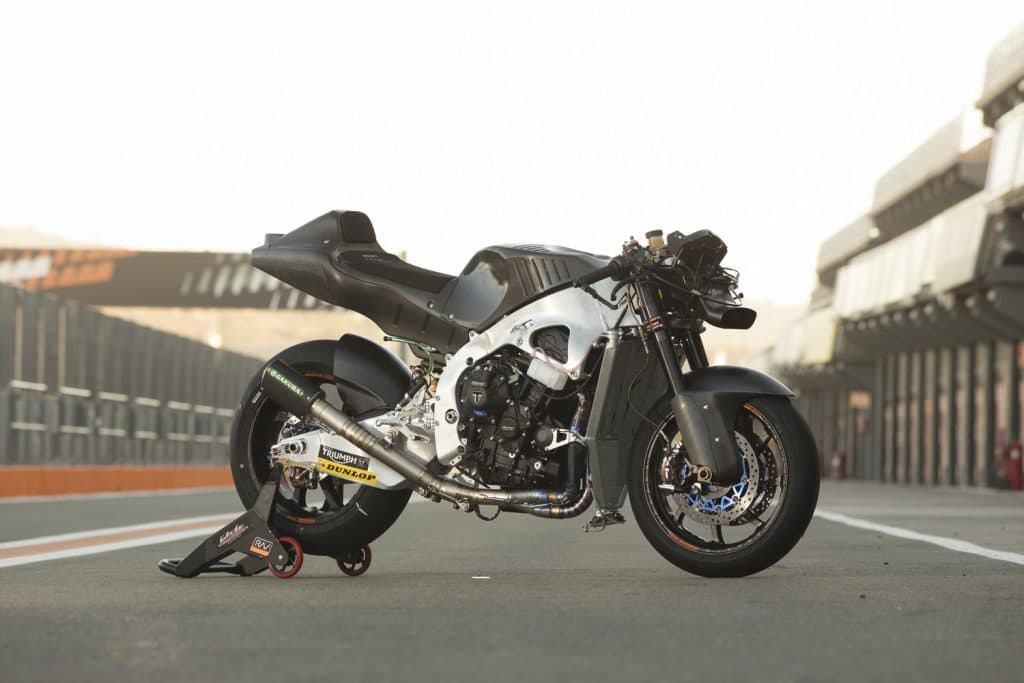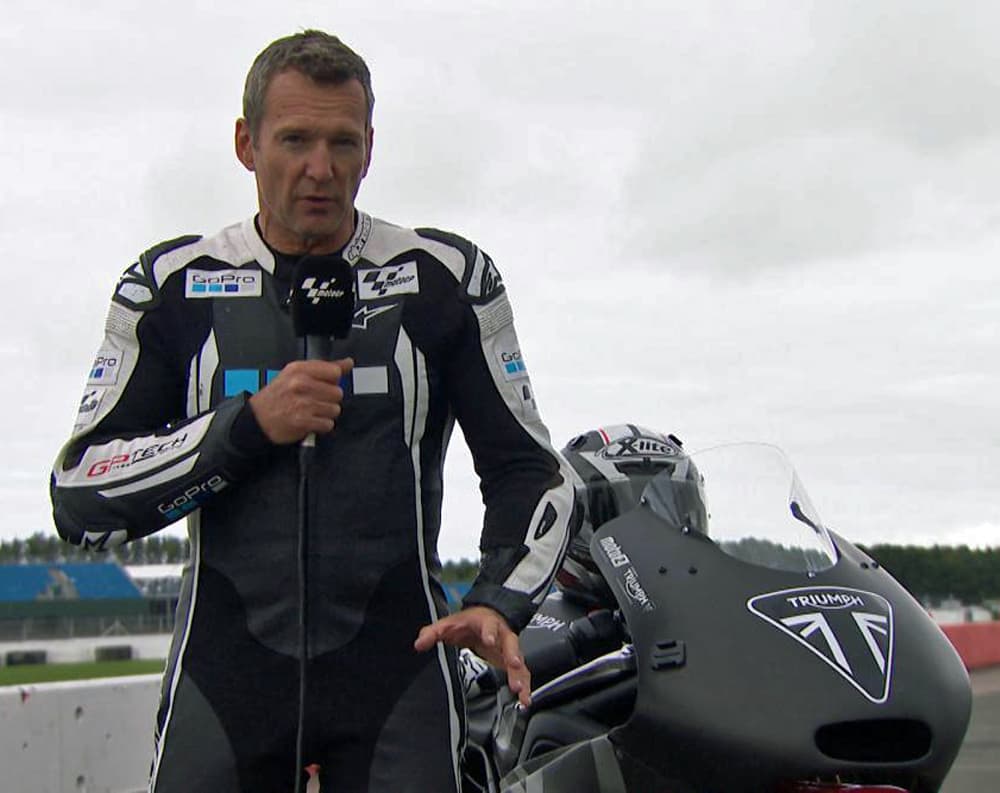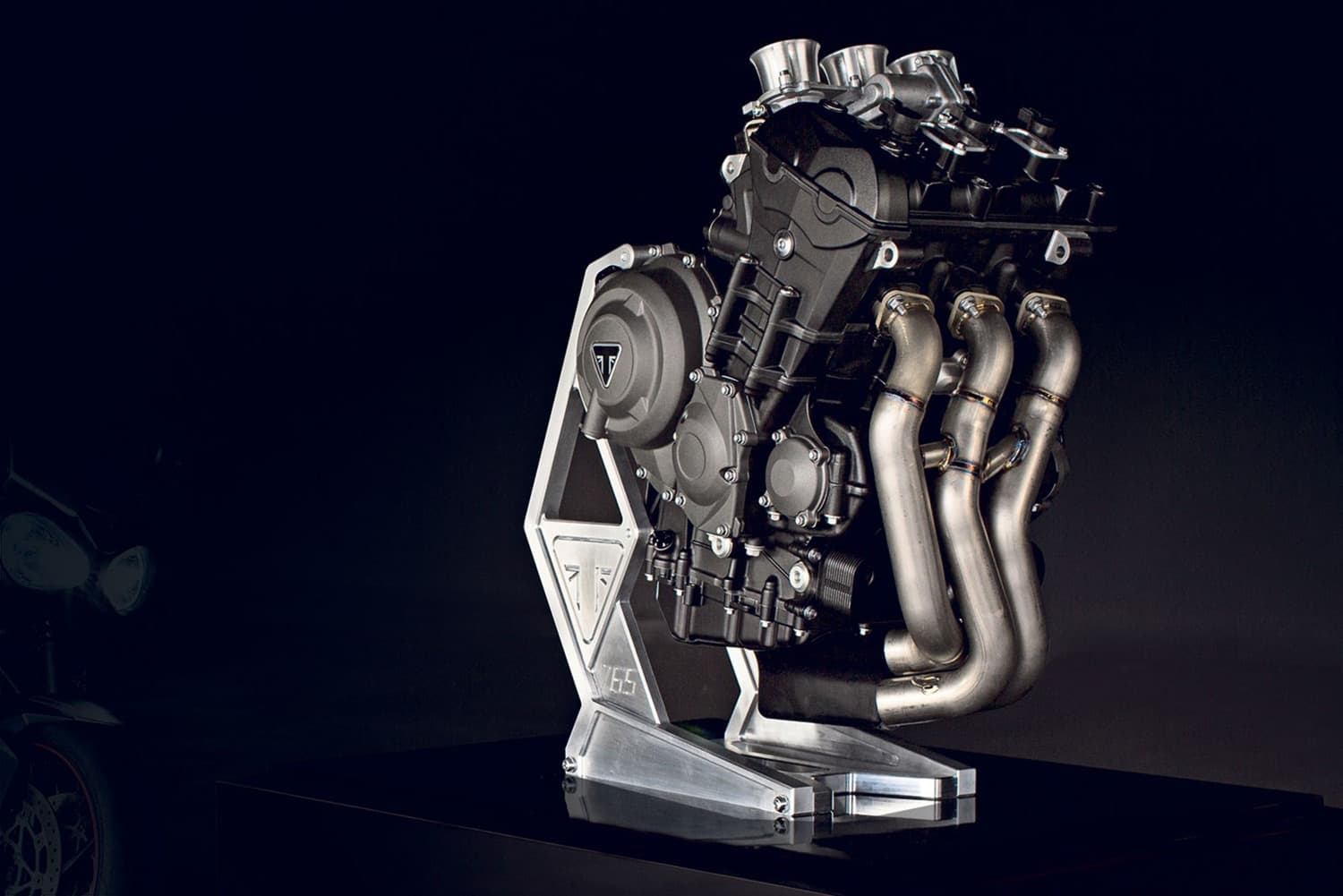
Simon Crafar: Moto2 is equipped with a really nice engine
In the run-up to the Dutch TT, NTS RW Racing GP brings a daily interview or report to offer a look behind the scenes. Today: MotoGP pit reporter Simon Crafar on the Moto2 engine.
MotoGP pit reporter Simon Crafar got to try the new Triumph engine at the end of last season. The former GP rider is very pleased with the power source with which all Moto2 machines are now equipped. “It’s a really nice engine.”
After six years of loyal service, the 600cc Honda engine, with which the Moto2 started in 2012 as the successor of the 250cc class, was replaced by an engine made by the British manufacturer Triumph. And that was about time, says MotoGP pit reporter Simon Crafar.

At the start of the Moto2 in 2012, the choice for the Honda engine was justified and obvious, says Crafar. “In a new class you have to have stability and reliability. That is what the Honda engine offered. A stock 600 engine is great for young riders to learn, but in my opinion it’s boring to race with at Grand Prix level.”
The three-cylinder Triumph engine is a good step forward, Crafar noted when he was allowed to test the engine. “That extra torque and 20 horsepower or so is much more exciting,” he says. When accelerating, the front of the Honda 600 did not even pick up, where the Triumph 765 does have enough power to do that.”
Triumph based the engine for the Moto2 on the 2017 Street Triple RS. In the “street version” that 765cc delivers 121 hp at 11,700 rpm and a torque of over 77 Nm at 10,800 rpm. Thanks in part to around eighty new and improved parts specifically for the racing version, the Moto2 would have around 140 hp.

The power is not even the most important thing, thinks Crafar. “It’s the torque that makes the difference. The power delivery is great. This machine is more forgiving. With the Honda riders had to constantly ride to the limit RPM wise. The torque and the power make the Triumph better to ride.”
To transfer the power and torque to the asphalt, Dunlop already came up with a wider rear tire, even though the engine itself is about 8 centimetres narrower than the old one.
In combination with the ECU with race-specific software and electronics from Magneti Marelli, the Moto2 with the three-cylinder 765cc now has a power source that has come a step closer to the MotoGP. The ECU (Engine Control Unit) gives the teams the opportunity to adjust the gearing, launch control and engine brake, among other things. Previously that was not possible in the Moto2. “It’s a step closer, but a little one,” warns Crafar. “I’d compare it with an improvement from Superstock to Supersport 600: very different and much better, but still miles away from a MotoGP machine.”
Other stories
Bo Bendsneyder: The TT is always special
